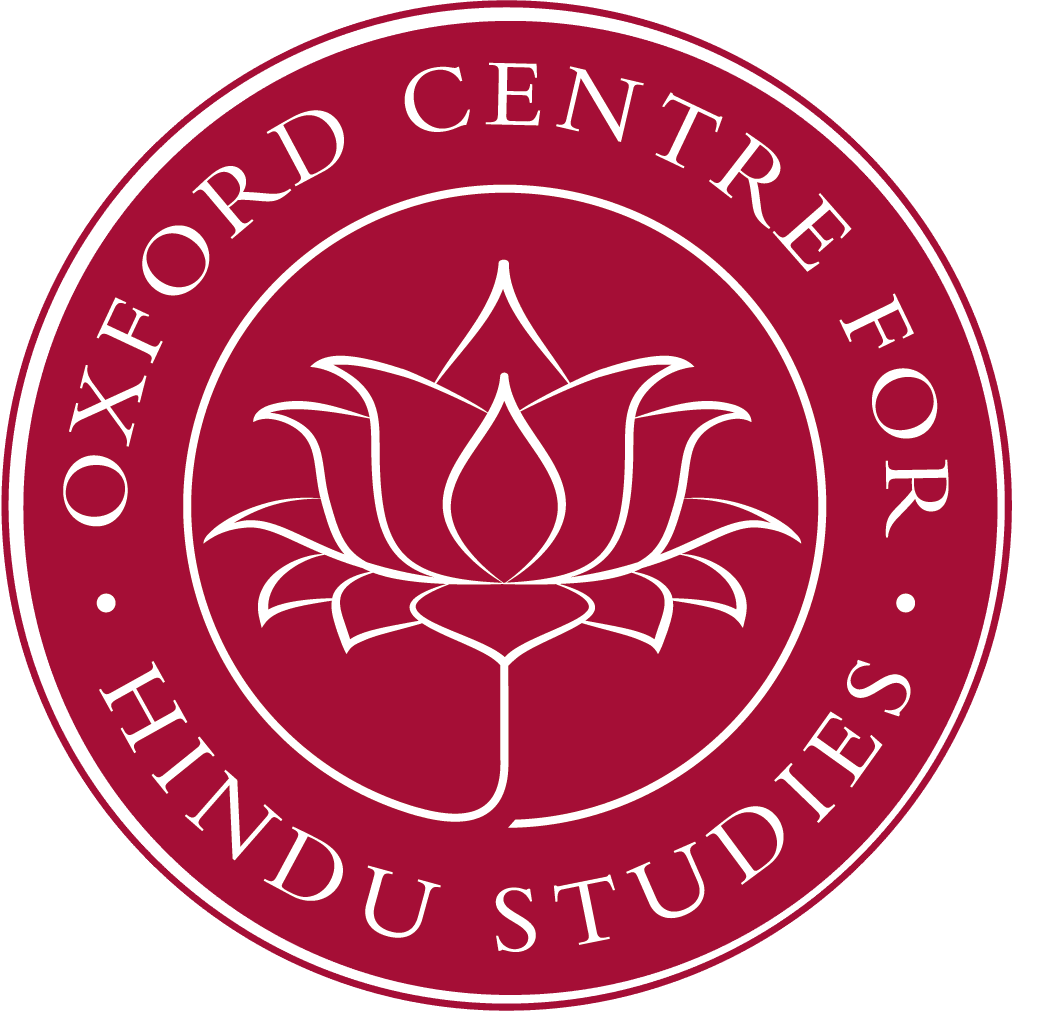Archives: Lectures
Hinduism’s Transnational Diasaporias*: the view from Oceania (HT11)
(*aporias of diaspora)
Purushottama Bilimoria, PhD is Professor of Philosophy and Comparative Studies at Deakin University in Australia and Senior Research Fellow, University of Melbourne. Visiting Professor and Lecturer at University of California, Berkeley and Dominican University, San Anselmo, and Shivadasani Fellow of Oxford University. His areas of specialist research and publications cover classical Indian philosophy and comparative ethics; Continental thought; cross-cultural philosophy of religion, diaspora studies; bioethics, and personal law in India. He is an Editor-in-Chief of Sophia, Journal of Philosophy of Religion, Springer. He also edits a book series with Springer on Sophia: cross-cultural studies in Culture and Traditions, Recent publication is Indian Ethics I, Ashgate 2007; OUP 2008, and Sabdapramana: Word and Knowledge (Testimony) in Indian Philosophy (revised reprint), Delhi: DK PrintWorld 2008; ‘Nietzsche as ‘Europe’s Buddha’ and Asia’s Superman, Sophia, vol 47/3 2008; Postcolonial Philosophy of Religion (with Andrew Irvine, Ken Surin et al) Springer 2009. Teaches and publishes on Hindu religious philosophies. Also works on political philosophy, pertaining to ethics of rights, theories of justice, capabilities, education and gender issues in third world, particularly South Asian, contexts.
The Problem of Evil and Western Theodicy: But what says Indian Theism and Non-theism to the challenge?
Purushottama Bilimoria, PhD is Professor of Philosophy and Comparative Studies at Deakin University in Australia and Senior Research Fellow, University of Melbourne. Visiting Professor and Lecturer at University of California, Berkeley and Dominican University, San Anselmo, and Shivadasani Fellow of Oxford University. His areas of specialist research and publications cover classical Indian philosophy and comparative ethics; Continental thought; cross-cultural philosophy of religion, diaspora studies; bioethics, and personal law in India. He is an Editor-in-Chief of Sophia, Journal of Philosophy of Religion, Springer. He also edits a book series with Springer on Sophia: cross-cultural studies in Culture and Traditions, Recent publication is Indian Ethics I, Ashgate 2007; OUP 2008, and Sabdapramana: Word and Knowledge (Testimony) in Indian Philosophy (revised reprint), Delhi: DK PrintWorld 2008; ‘Nietzsche as ‘Europe’s Buddha’ and Asia’s Superman, Sophia, vol 47/3 2008; Postcolonial Philosophy of Religion (with Andrew Irvine, Ken Surin et al) Springer 2009. Teaches and publishes on Hindu religious philosophies. Also works on political philosophy, pertaining to ethics of rights, theories of justice, capabilities, education and gender issues in third world, particularly South Asian, contexts.
